The 10 Most Important Tech Partnerships In 2016 (So Far)

Partner Up
Partnerships are the lifeblood of the tech industry, helping propel vendors with cool technology into new markets and getting their wares in front of a larger audience. And they often enable vendors with complementary product portfolios to deliver more comprehensive solutions to customers.
Usually, both companies in a partnership derive some benefit. Occasionally, those benefits are massive and game-changing. Other times partnerships start out with a head of steam, but then gradually fade from prominence, leaving industry watchers to wonder what that was all about, anyway?
CRN has been keeping an eye on the headlines in search of partnership news. Here, we separate the wheat from the chaff and examine 10 partnerships – some established, some new – which are continuing to have an impact on the solution provider landscape.
(For more on the "coolest" of 2016, check out "CRN's Tech Midyear In Review.")
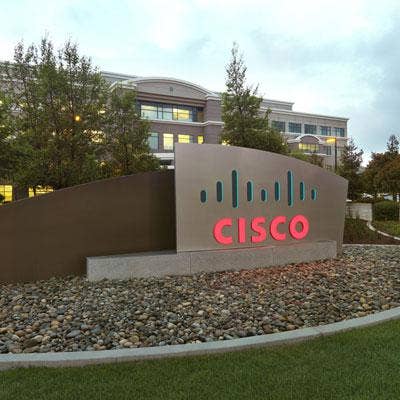
Cisco-Simplivity
The Cisco-SimpliVity partnership has been a symbiotic relationship since it was unveiled in 2014. SimpliVity, a hyper-convergence technology startup that's seen as the number two player in the space, has touted huge growth in sales of its software running on Cisco UCS servers. Access to the huge Cisco customer base is seen as an important advantage for SimpliVity over Nutanix, the top hyper-convergence player.
But this year, the Cisco-SimpliVity relationship has grown a little murkier. SimpliVity continues to insist that Cisco customers are gravitating to its UCS offering in record numbers, but Cisco rolled out its own competing hyper-convergence offering, called HyperFlex, in March. So far, HyperFlex has been a mixed bag – some solution providers say it's not quite ready for enterprises, while others insist it's the real deal.
Although the hyper-convergence market is still in its early days, with plenty of room for multiple competitors, Cisco seems to think it's got the inside track based on its vast networking expertise. And Cisco has not publicly touted the SimpliVity relationship in an official way. All of which suggests that while the Cisco-SimpliVity partnership appears to be doing well for both sides, it might not be a long-term arrangement.
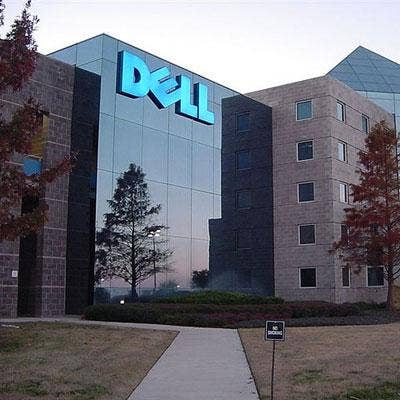
Dell-Nutanix
Hyper-convergence startup Nutanix burst onto the enterprise technology scene in 2014 with an OEM partnership with Dell, instantly establishing itself as a bona fide player in the space. Since then, Dell and Nutanix have expanded the scope of their joint sales and marketing activities from one product to seven products. And last month the two vendors dispelled questions about the future of the partnership under the Dell-EMC deal by revealing a three-year extension to the OEM agreement.
Nutanix inked an OEM agreement last year with Lenovo, and that spurred speculation that it might lessen its focus on Dell. But EMC recently said it will have no competitive issue with selling the Dell-Nutanix hyper-convergence appliance alongside its VBlock, VxRack and VxRail offerings.
With Nutanix reportedly working with Cisco on a "meet-in-the-channel" hyper-convergence partnership, the waters are muddying in the market. Yet at this stage, it appears that Dell and Nutanix still see plenty of mutual benefit in continuing to work together.
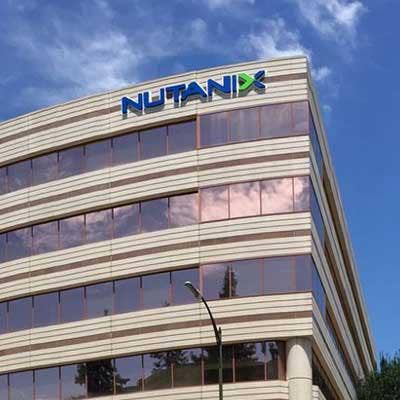
Cisco-Nutanix
Last spring, rumors surfaced about Cisco making a concerted effort to acquire Nutanix. But Dheeraj Pandey, CEO of the hyper-convergence startup, quickly dismissed them and said he wasn't interested in selling. Later, sources told CRN that Cisco offered around $4 billion for Nutanix, which countered with $6 billion, and talks ended after that.
Fast-forward to this year and there is once again chatter that Cisco is interested in acquiring Nutanix. This, despite the fact that Cisco rolled out its own hyper-convergence play – called HyperFlex – in March. According to CRN's sources, Cisco and Nutanix have talked about forming a "meet-in-the-channel" partnership in which partners of both vendors would integrate Nutanix software on Cisco UCS servers.
While a formal partnership hasn't yet been revealed, sources said Cisco customers are very interested in running Nutanix on UCS and that this is providing the impetus for partnership talks. One well-placed source told CRN that a Cisco-Nutanix partnership may be unveiled by the end of September.
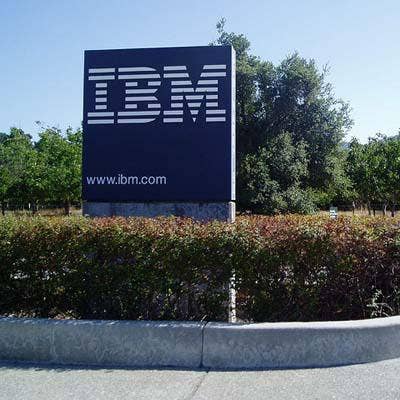
IBM-VMware
VMware and IBM formed a partnership in February that lets customers migrate workloads back and forth between VMware-based private clouds and IBM's SoftLayer public cloud. Then in June, VMware and IBM unveiled a similar partnership that lets VMware customers run their virtual desktops in the SoftLayer cloud.
Many industry watchers were surprised that VMware would funnel customers to a competing public cloud instead of its own vCloud Air service. But despite struggling to gain traction in the market, VMware isn't giving up on vCloud Air. The vendor is in the midst of a mini-hiring push for vCloud Air, including a U.S. field marketing manager position that involved managing a "multi-million dollar" budget.
It's still unclear what's going to happen to vCloud Air after the Dell-EMC deal closes. But the IBM partnership at least suggests that VMware has decided not to focus on infrastructure and will instead seek to address specific customer use cases with highly focused cloud offerings.
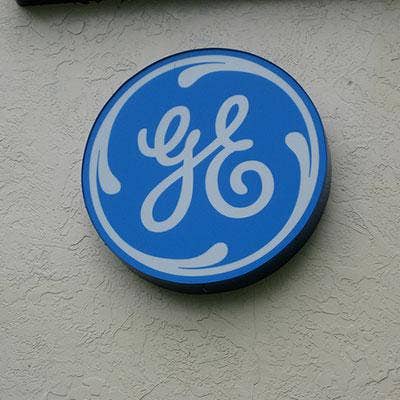
GE-Microsoft
Microsoft and General Electric, both of whom are investors in Pivotal, unveiled a partnership in July in what's quickly becoming the hottest area in the IT industry: The Internet of Things (IoT).
Microsoft and GE said they're teaming up to enable their joint industrial customers to better take advantage of its enterprise cloud applications. Under the deal, GE's Industrial IoT Platform-as-a-Service system, Predix, will be available to customers on Microsoft's Azure cloud.
Microsoft and GE invested in Pivotal several years ago because they realized the startup has an inside track on deriving value from data analytics. In their partnership, the two corporate behemoths are recognizing that the gargantuan task of harnessing mountains of data can be made easier by pooling their efforts.
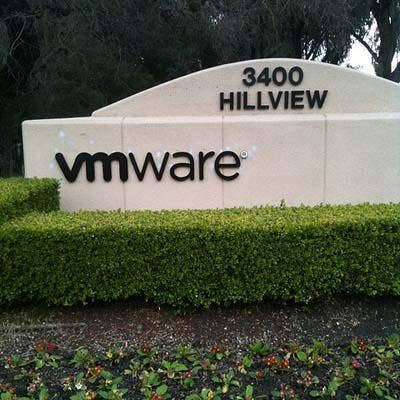
VMware-Tanium
VMware really likes Tanium's peer-to-peer endpoint security and management technology, so much so that it tried to acquire the startup last fall just prior to its latest $120 million funding round – which gave it a valuation of $3.5 billion. Tanium declined, and VMware, of course, soon after became the centerpiece of Dell's blockbuster acquisition bid for EMC.
Last June, VMware and Tanium unveiled an OEM agreement in which the startup's technology is featured in a new VMware product called Trustpoint, which secures endpoints and eases Windows 10 desktop migration projects.
Tanium's proprietary technology can quickly scan all endpoints in a large company's global network, finding and fixing security vulnerabilities and identifying and controlling unmanaged devices. Its speed and versatility have made it attractive to a wide range of other enterprise technology suitors.
Tanium has raised more than $300 million in venture funding from some of Silicon Valley's biggest names, and is apparently in no rush to sell. For now, VMware will apparently have to settle for being one of Tanium's many vendor ecosystem partners.
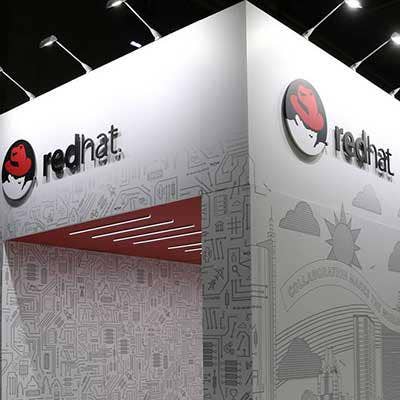
Dell-Red Hat
Longtime partners Dell and Red Hat have extended their relationship into enterprise software-defined storage. Under the relationship, Dell's DSS 7000 object storage server is specially designed for Red Hat's Ceph 2 open-source, software-defined storage platform.
In June, Jim Ganthier, Dell vice president of engineered solutions and cloud, told CRN that customers will benefit from having a wide variety of options to choose from. He said that after Dell closes its acquisition of EMC, the new offering will be added to Dell's product portfolio next to EMC's ScaleIO, Isilon and Elastic Cloud Storage systems.
Dell has made support for open source a priority and the deepening of its Red Hat partnership is the latest sign of the strength of its resolve. Ganthier also said partners selling the joint Dell-Red Hat offering can expect to see healthy profitability from the solution.
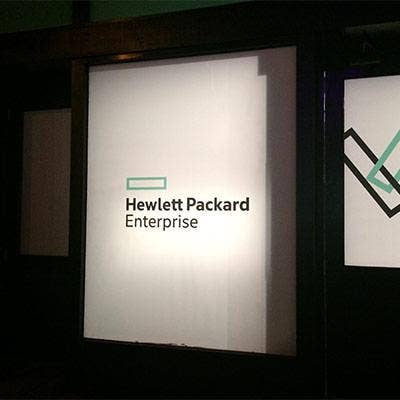
Hewlett Packard Enterprise-Docker
HPE CEO Meg Whitman has put support for Linux containers and orchestration at the forefront of her efforts to restore the vendor to its previous top-of-mind status in the eyes of enterprise customers. HPE's partnership with Docker – the top container vendor – is an example of how she plans to achieve this. HPE has also invested in Mesosphere, a container orchestration startup.
HPE's Docker partnership, unveiled in June, covers sales, engineering, support and services for joint customers. And HPE has launched something called the Docker-Ready Server Program in which HPE servers come installed with Docker's container engine, as well as product support.
Whitman clearly sees containers someday replacing virtual machines as the top technology in the data center. Recently, she suggested that VMware's slow move to support containers, and reliance on server virtualization technology, could make it "irrelevant" over time.
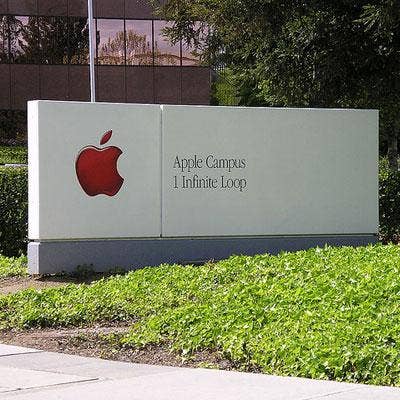
Apple-IBM
The partnership between Apple and IBM, first unveiled in 2014, is an example of an industry tie-up that has yielded benefits for both sides.
Sources told CRN in April that Apple is using IBM software and hardware in its retail platform and in its corporate data centers, and likes these offerings so much that it's looking to buy even more IBM products. IBM sold $67 million in products and services to Apple in 2015 and is on track for $82 million this year, the sources said.
IBM, meanwhile, has become one of Apple's largest resellers of MacBooks, iPads and iPhones, as well as one of its biggest corporate customers. It's also supporting Apple's ResearchKit, an open-source framework for medical researchers and developers, on its Watson Health Cloud. IBM has also launched a cloud service that helps other organizations securely integrate Macs with their enterprise systems and applications.
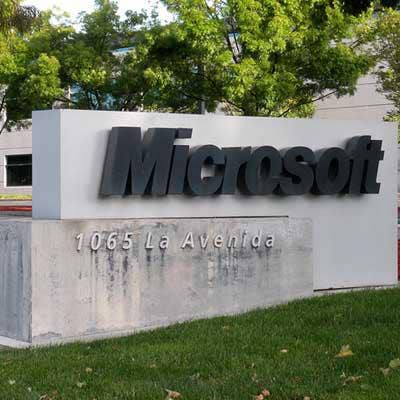
Microsoft-Salesforce
Salesforce and Microsoft unveiled a big partnership in 2014 – a union of CRM rivals that surprised many industry watchers. But the partnership has been pretty low-key since then, unless you count when rumors surfaced last year that Microsoft was talking with Salesforce about a potential acquisition, which never materialized.
Now, after Microsoft plunked down more than $26 billion to acquire LinkedIn – a move some partners feel could catapult Microsoft to the top of the heap in the CRM and ERP markets – you might think the Salesforce partnership is dead.
But wait a minute! In June, Salesforce and Microsoft unveiled tighter integration between the former's Lightning – a collection of performance enhancing technologies – and Outlook email.
Clearly, the two software giants are still interested in working with each other. But this could be one of those situations where vendors work together, but secretly wouldn't trust each other any further than they could (figuratively) throw them.